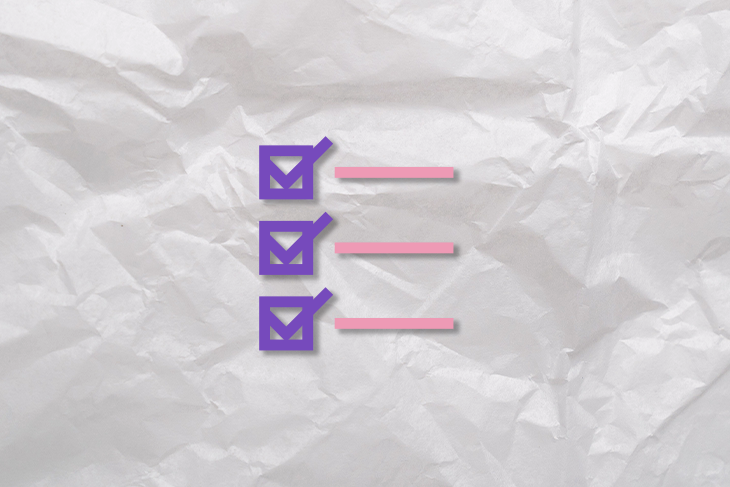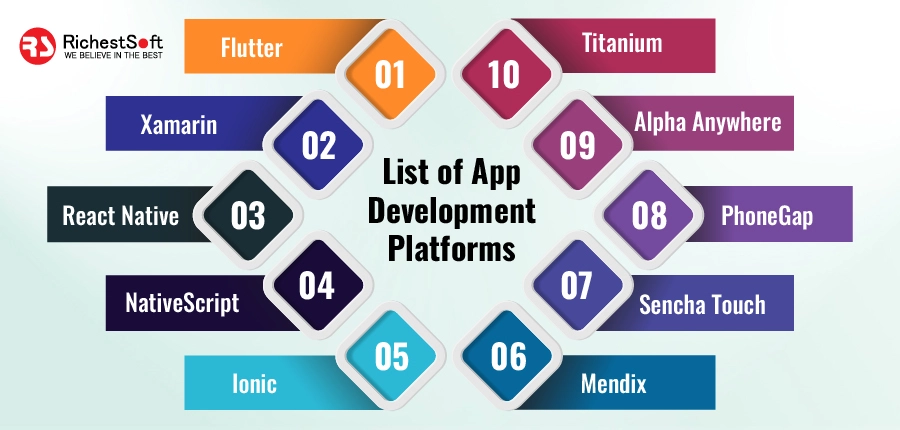Many of the techniques, frameworks, processes, and tools in wide use today were invented during the golden era of project management in the late 1990s. With these new methodologies came a need for project stakeholders to identify key areas and actions that were required for a project to succeed.
This is where critical success factors — the key areas a product or a project need to execute or consider for a project/product to be successful — enter the picture.
Table of contents
What are critical success factors?
A critical success factor (CSF) is a specific element or activity that is deemed essential for an organization to achieve its mission or goal. In product management, critical success factors are the key actions a product team takes to deliver successful products that solve user problems.
Critical success factors are different from critical success criteria and key performance indicators (KPIs). Critical success factors are action-based statements that can be assigned to an owner. Think of a CSF as a task that needs to be executed for the product to be successful.
The term critical success factors was coined in a 1961 Harvard Business Review article by Ronald Daniel titled “Management Information Crisis.” CSFs evolved more during the late 90s to help project managers identify what needed to be done to achieve product and business goals on a bigger scale.
Who sets critical success factors?
Critical success factors are often established by product leaders, such as the VP of product or chief product officer (CPO), who own the product development process in the organization.
In product-centric organizations, CSFs are embedded into the product development process, sometimes without product managers even noticing it.
What is the outcomes hierarchy?
CSFs are the second layer of the outcomes hierarchy. The outcomes hierarchy flows as follows:
- Deliverable
- Critical success factors (CSFs)
- Critical success criteria (CSC)
- Key performance indicators (KPIs)
Deliverable
A deliverable could be any product, feature, or enhancement you are building. For a product team to build an effective feature, there should be three more layers: critical success factors (CSFs), critical success criteria (CSC), and key performance indicators (KPIs).
Critical success factors (CSFs)
The critical success factor, as mentioned before, is what needs to be done to build a successful product. But it doesn’t make sense to have action steps without understanding the baseline of what success looks like. This is where CSCs and KPIs come in.
Critical success criteria (CSC)
Critical success criteria are the benchmarks by which you measure the success of the feature or initiative you are pursuing. Think of it as the ultimate outcome you want to reach.
Examples of critical success criteria are increasing the number of monthly registered users, decreasing the time from searching to placing order for an ecommerce product, etc.
Key performance indicators (KPIs)
KPIs are a way to track your CSC quantitatively. So what signals might tell us that we achieved our CSC?
Referring back to our previous example, can we say we achieved success if only one new customer registers? Of course not.
Coupling your CSC with quantifiable business goals will generate a KPI — for example, increasing the number of monthly registered users by 30 percent or reducing the time from searching to placing an order by three minutes.
Benefits of using critical success factors
Setting CSFs can help you:
Promote cross-functional collaboration
When the entire company — not only the product team — embraces CSFs, cross-functional teams are much better equipped to work together with minimal friction. The list of CSFs serves as a compass to help these disparate teams navigate the broader roadmap of activities required to achieve product objectives.
Streamline product and project management processes
By embedding CSFs into the development process, the company can establish a template for success in any initiative — e.g., building features, introducing enhancements. CSFs derived from past experience will increase the likelihood of the product being successful and achieving the objective.
Align stakeholders
Having established steps to achieve success will significantly result in better stakeholder alignment. This will help the product team encounter less noise from the outside departments and will allow the outside departments and divisions to have more clarity around the holistic success process taken to maximize the feature success chances.
How to identify critical success factors
Identifying critical success factors isn’t a one-off task; it’s an ongoing initiative. While there’s no one-size-fits-all approach, the general process for establishing critical success factors is as follows:
1. Start with the product strategy
Critical success factors differ from organization to organization and from product to product. Your product strategy will answer most of your questions.
The product strategy should outline your product aspirations and goals. It’s essential to keep your product strategy in mind while building your first CSFs. This will help you and your product team stay aligned.
2. Analyze old projects
Have you built a feature or product that positively impacted all your success metrics? If so, then start there.
In a workshop, identify with your stakeholders what has impacted success, what went right, and what went wrong. Also any additional insights and opinions you can collect from other stakeholders.
Subscribe to our product management newsletter
Get articles like this to your inbox
3. Collaborate with product leaders
Now that you have synthesized stakeholders’ insights, you can start collaborating with product leaders to develop a first draft of your critical success factors. The draft should include tailored steps or key focus areas for your product team to deliver the perfect feature or enhancement.
4. Iterate
Start executing based on your process and your CSFs. Validate the effectiveness of those success factors and measure whether the features or enhancements delivered generate the expected results.
Based on the results, you should always tweak your CSFs to accommodate new insights and changing conditions. Treat your CSFs as an ongoing project that you will continuously refine and improve with your stakeholders and, most importantly, your product team.
Critical success factors: Examples
There are many product development process components that could serve as a critical success factor. Below are four success factors I commonly see across startups and product organizations:
Build a clear product strategy
A clear product strategy is the first step for any product. Your strategy will guide the product team and help them identify their customers, introduce enhancements and features, and, more importantly, prioritize them based on the strategic goals.
Understand customer pain points
Building shiny new features that don’t solve customer problems is unprofitable for the business. All it does is burn resources with no real business return on investment (ROI).
However, understanding customer pain points through surveys, customer interviews, observations, contextual inquiry, and focus groups will increase your chances of delivering real value to the user and, thus, positively impacting metrics such as retention and activation.
Analyze product performance regularly
Analyzing your performance using product analytics tools or through qualitative methods such as interviews will help you and your team create a top-notch product. Analyzing the product performance enables the product team to ease critical flows for the customer, helping them achieve their tasks and solve their problems efficiently.
Create value continuously
Creating value in a continuous manner and delighting the user will help establish your product in the market. By solving more and more problems your users face, you increase the chances they’ll stick around.
Final thoughts
Critical success factors (CSFs) — also called key results areas (KRAs) — are crucial for any product team to achieve success. CSFs help the product team define the areas, actions, and steps that are absolutely necessary to achieve success.
CSFs also help product teams assess the areas in which they excel and areas that need improvement. By holistically detecting the faulty key success areas, they can introduce tweaks to the process and build better products during subsequent stages.
Featured image source: IconScout
Source link








Leave a Reply